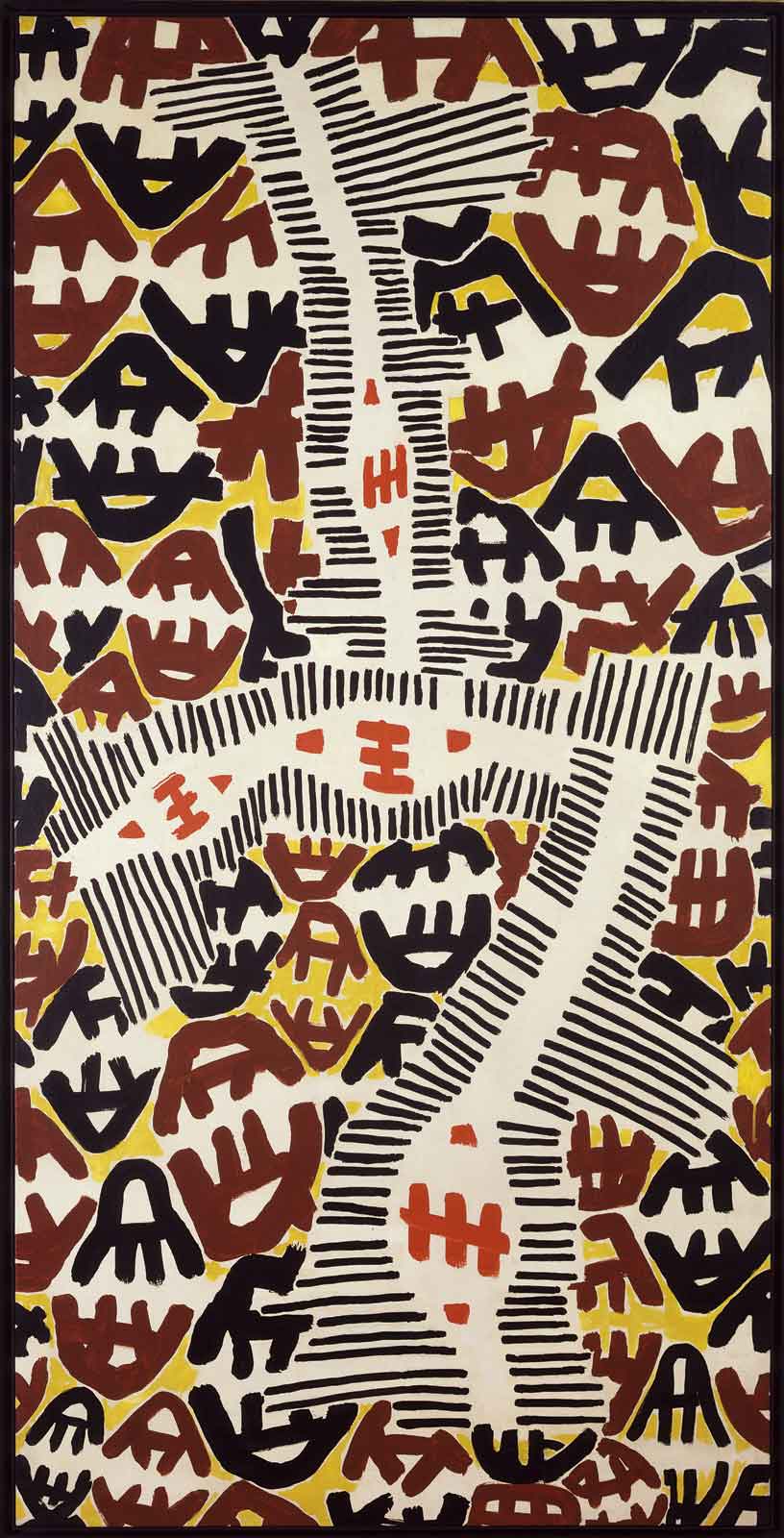Independent, unaffiliated with any school, and uninvolved with manifestos or proclamations, Giuseppe Capogrossi was an anomalous figure in Rome in the 1950s, to the point of being almost isolated. His work took an innovative turn when he was forty years old, following two years of experimentation, during which he focused on freeing his art from representational or metaphorical relationships. Turning decisively away from his earlier figurative and tonal work, in 1950 Capogrossi began producing paintings characterized by an innovative language of signs. [...]


